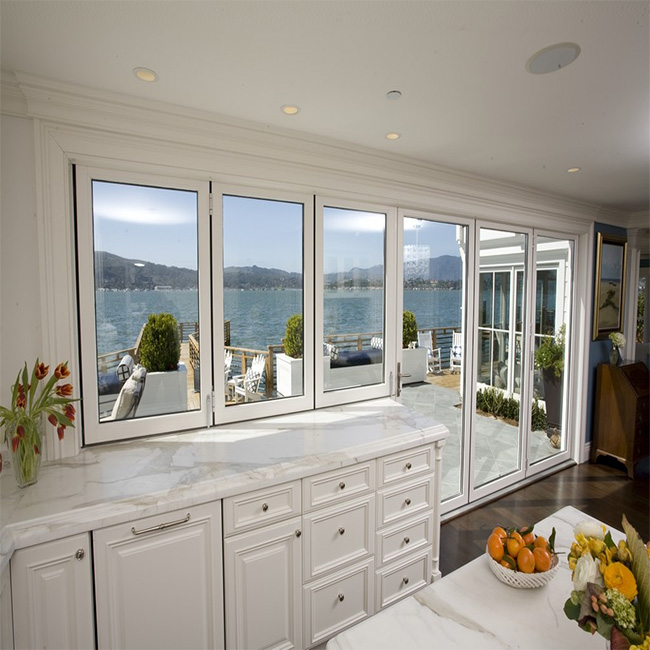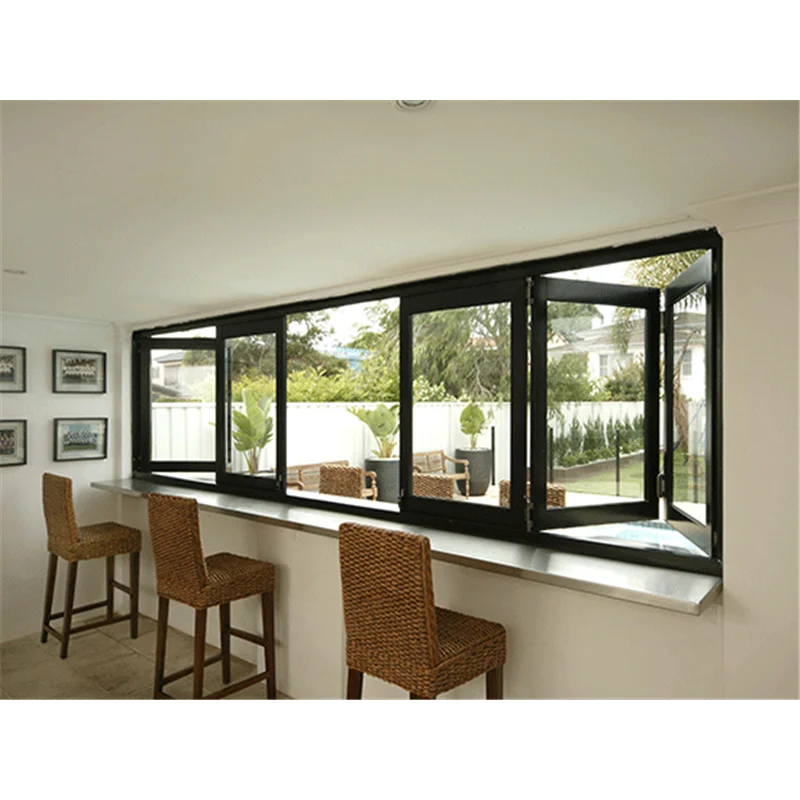


SillDry’s groundbreaking design is durable, versatile, and easy to install, making it more efficient, reliable, and cost-effective than other flashing products on the market. SillDry Smart Accordion Technology offers a straightforward and zero-waste solution to the problems of traditional flashing.

The Solution: SillDry Smart Accordion Technology® With all of these considerations, it is no surprise that engineers and construction professionals are looking into more versatile flashing innovations. The materials selected should withstand decades of use, which can be a problem if the weather conditions change or the flashing is not a perfect fit. DurabilityĮngineers must also consider the long-term durability of the flashing installation. What’s more, traditional flashing materials are thin and can easily be torn, pierced, broken, or bent on a busy construction site. Once the flashing material is selected, installation can be challenging due to the wide size and style variations. Since some materials are more susceptible to expansion and contraction due to temperature fluctuations, engineers are faced with the challenge of finding the right material and flashing design for the local climate. Weather conditions vary depending on the construction location.
Accordion windows windows#
Similarly, doors and windows come in a variety of shapes and styles, making it difficult for engineers to ensure adequate flashing products and installation. Traditional flashing materials must be pre-fabricated, so if the door or window size is not within standard size specifications, additional time and money must be spent altering or custom designing appropriate flashing. Size Variationĭoors and windows are constructed in a range of sizes. Although the tried-and-true flashing solutions provide essential protection, builders/contractors face a number of challenges when using these long-established methods and materials. Traditional flashing consists of a thin layer of weatherproof material such as sheet metal or vinyl, cut to fit around the edges of doors and windows. The Problem: Inadequate Flashing Solutions However, traditional flashing has a number of shortfalls. Flashing provides a solution to this problem with a thin waterproof barrier to cover gaps and spaces in windows and doorways. They are critical to the enjoyment of any building by its occupants, and risk allowing moisture, pests, and other unwanted elements into the building if not properly sealed. In this example, captured in the Wayback Machine in the Internet Archive, the left column of the page includes three categories that expand on roll-over: "All Downloads", "Top Apple Downloads", and "Top Downloads".Windows and doors are a fundamental component of building construction.
Accordion windows download#
In an early example, Apple's download page used roll-over accordions in 2008. The list view of Google Reader also features this. SlideVerse is an accordion interface providing access to web content. Other windows in accordion are displaced around top or bottom edge.Ī common example using a GUI accordion is the Show/Hide operation of a box region, but extended to have multiple sections in a list. If one of them is clicked, to make it active, it is "unshaded" or "maximized". All of them are " shaded", so only their captions are visible. Several windows are stacked on each other. list items are shortcuts to access separate panels). The term stems from the musical accordion in which sections of the bellows can be expanded by pulling outward.Ī common example of an accordion is the Show/Hide operation of a box region, but extended to have multiple sections in a list.Īn accordion is similar in purpose to a tabbed interface, a list of items where exactly one item is expanded into a panel (i.e. There can be zero expanded items, exactly one, or more than one item expanded at a time, depending on the configuration. Each item can be "expanded" or "collapsed" to reveal the content associated with that item. The accordion is a graphical control element comprising a vertically stacked list of items, such as labels or thumbnails.


 0 kommentar(er)
0 kommentar(er)
